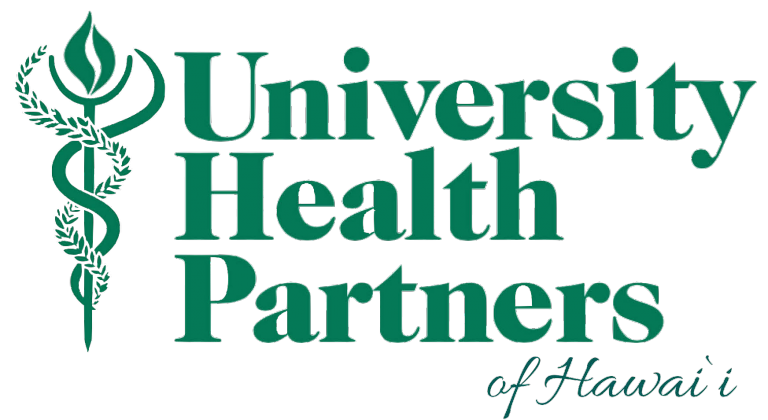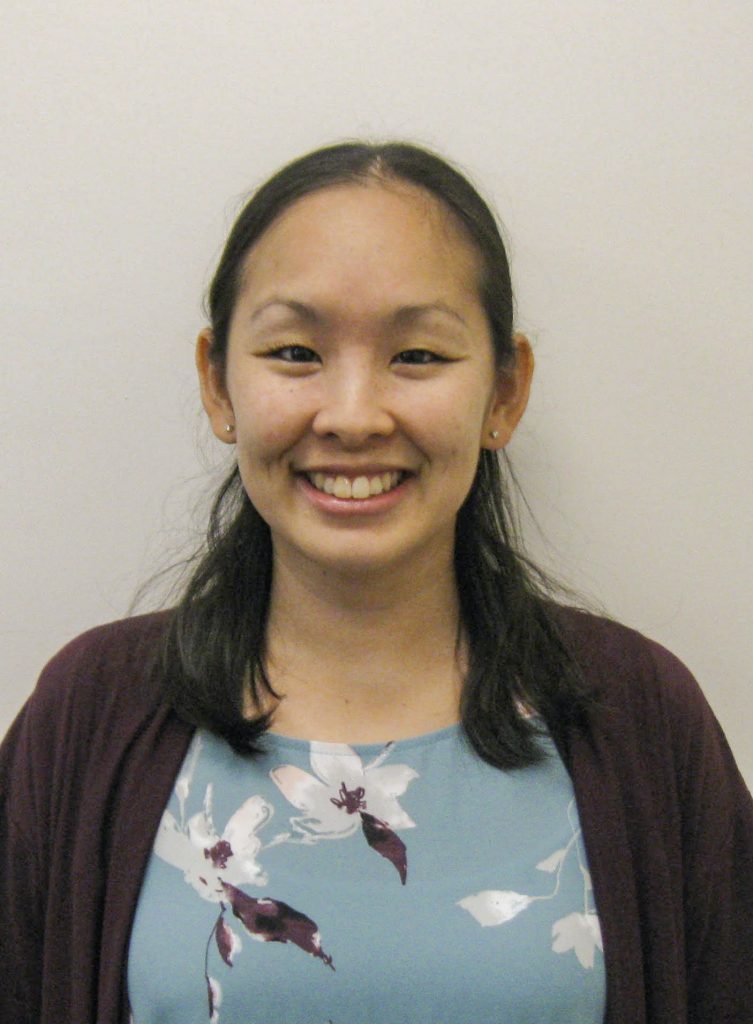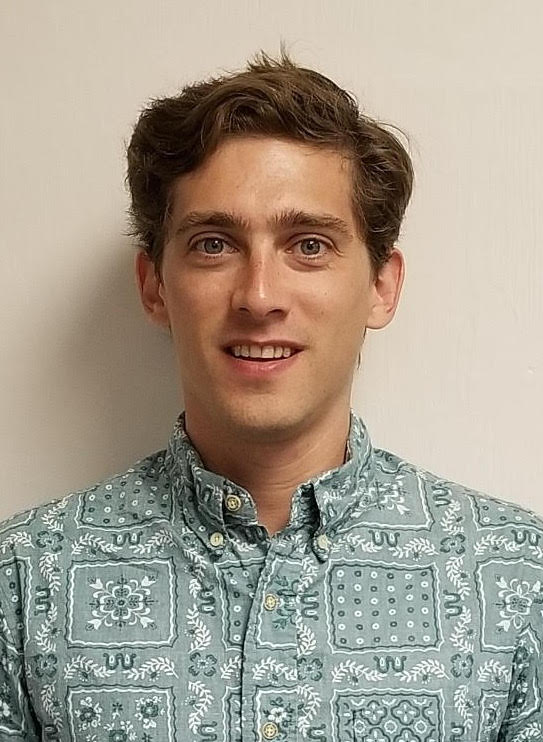Written by Vina Cristobal
Featured photo: Nicole Boyer, patient navigator at the University Health Partners Family Medicine clinic, speaks with a patient during the clinic drive-by gift bag distribution. Vina Cristobal photo.
November 2, 2020 — Often times, the physician is the main point of contact when it comes to patient care. But not everyone knows that physicians have a team of specialists to create a great patient experience from start to finish. A few of those specialists, specifically in a primary care setting, include a patient navigator and a care coordinator.
Though the care coordinator and the patient navigator have similar responsibilities in building relationships with patients, there is a stark difference. The patient navigator assists with problems that patients may have with their healthcare provider or system, while the care coordinator finds solutions to help patients on an individual scale in order to provide them more effective care. That may include finding transportation options, cost-effective healthcare plans, or other resources that the patient may need based on their individual situation.
Especially in the unprecedented circumstances that COVID-19 has brought, patient care is more essential than ever.
University Health Partners (UHP) has two care coordinators in the Internal Medicine clinic at Queen’s Medical Center and one patient navigator in the Family Medicine clinic in the Pali Momi Outpatient Center. Jamie Tan, Richard “Richie” Budreau and Nicole Boyer share their experiences as care coordinators and a patient navigator, respectively.
The care coordinator: Finding what works best
Jamie Tan and Richie Budreau are care coordinators at the Internal Medicine clinic in Queen’s POB III.
Jamie, who has an RN background, felt that she wanted to go beyond the hands-on care that a nurse traditionally provides. During her break from nursing, she researched more on the care coordinator position and decided to apply, seeing that it was “the best mix of nursing, social work and patient education.”
“I gave it a try and it was one of my best decisions yet,” Jamie said.
Jamie’s care focus is more on the clinic’s more vulnerable patients – those who are elderly, dealing with chronic illnesses, or do not have strong English-speaking skills. Similar to Nicole’s position, she works with individual patients and their care team to assess and address any issues that they may have when it comes to their health, such as finances, language barriers, and housing options. After identifying those specific issues, she provides a variety of solutions for patients until they find one that works best for their situations. This can be a challenge at times, as there may not always be enough resources to provide for a patient’s need.
As for Richie, he loves to see patients take ownership of their own health goals. His job responsibilities differ day to day, which keeps the job interesting. On certain days, he helps patients with their medications and routine appointments; other days, he provides support for struggling families.
“Healthcare can be confusing, overwhelming and frightening,” Richie said. “I like to think of my job as making it slightly less so.”
In addition, due to COVID-19, many of Jamie’s patient meetings are limited to phone calls. She misses the face-to-face interaction with patients.
Meanwhile, Richie’s personal challenge is to build rapport with patients over Zoom or over the phone during the pandemic. He also learned how to meet the patient where he or she is at, rather than imposing his own goals onto them.
Despite these challenges, Jamie and Richie enjoy building a trusting relationship with patients and their families.
“It makes me happy when patients and families feel comfortable enough to share their needs and allow me to provide support to them,” Jamie said.
Throughout her experience as a care coordinator, she found herself learning about the many factors – physical, mental, emotional, spiritual, financial, social — that are incorporated into an individual’s health and well-being. Jamie added that it takes time to see how it all unfolds, but seeing the patients’ situations in a grander scale helps her to better assist them and their families.
“It might sound cliché, but I love my job and am grateful to work with an organization and department that supports and values its care coordinators,” she added.
Richie noted, “It is a privilege to meet and work with some of the patients in our Care Coordination program. How resilient some of our patients have been through the pandemic has really been inspiring.”
The patient navigator: A guide in the healthcare system
Nicole Boyer is the sole patient navigator at the UHP Family Medicine clinic in Aiea. She knew she always wanted to be involved in healthcare and help others, so becoming a patient navigator was a “win-win” for her.
Besides her internships, Nicole did not have prior formal experience in healthcare. The patient navigator position would be her first ‘big girl’ job, after graduating with her Master’s in Public Adminstration at University of Hawaiʻi at Mānoa. After a successful interview with clinical psychologist Dr. Robin Miyamoto, she became the new addition to the Family Medicine team.
As the clinic’s patient navigator, Nicole connects patients to various community resources, such as housing assistance and financial aid. This role has taken a tremendous turn during the COVID-19 pandemic since, as Nicole mentioned, patients’ needs have changed drastically. She has found herself encouraging patients to apply for financial aid, housing resources and other necessities that they may need.
One of the ways that Nicole and the Family Medicine clinic staff have contributed to patient needs during COVID-19 was a drive-by gift bag distribution for patients who were struggling. Each patient was surveyed by his or her physician on how the clinic could best serve their needs at the height of the pandemic. Nicole, along with clinical pharmacist Dr. Camlyn Masuda, assessed these needs and purchased gift bags with essential goods for patients and their families to pick up.
“There are many resources out there,” Nicole said. “It’s more so about getting the word out that there are people that can help you and people that care.”
In addition, she serves as a liaison between service coordinators, doctors and other clinical staff to ensure that their patients receive the best care possible, which Nicole says is a team effort.
“I am glad to be a part of something meaningful and can make a difference in someone’s life,” she said.
Though the patient navigator role is challenging in the sense of attending to every patients’ individual set of needs, Nicole has learned to develop relationships with patients, and to experiment with different resources until she finds the solution that works best for them. When a patient reaches their goal, that in itself is one of the best parts of the job.
“I am grateful for this opportunity and professional experience,” Nicole said. “When a patient has reached their goal – from being on the streets to finding a place they can call home, or reaching two years sober after years of addiction – the position can be very rewarding.”
Mahalo to our care coordinators and patient navigators who go above and beyond to create a great clinical experience for all of our patients.



